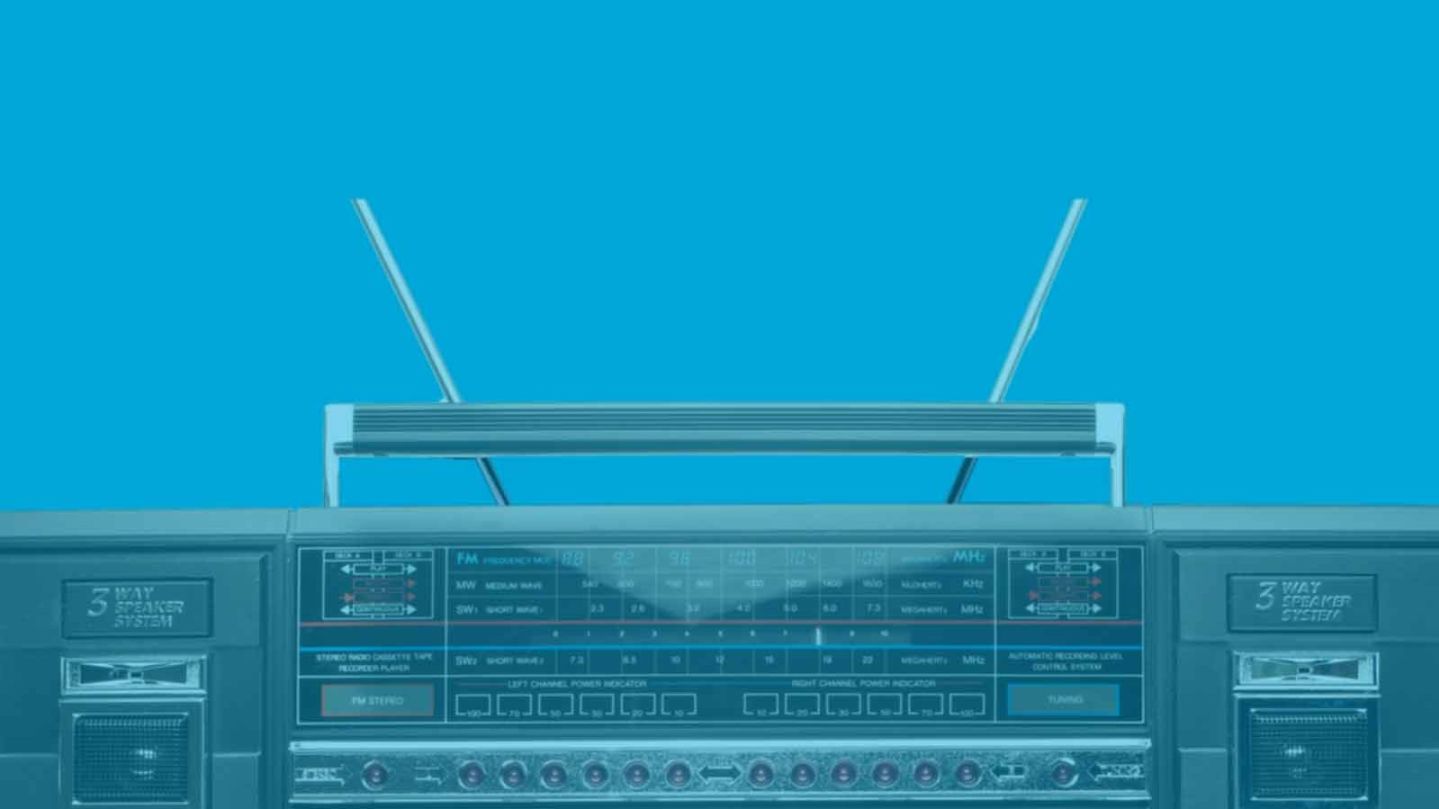Program note: Explore the decade that continues to fascinate us today: CNN Original Series “The Eighties” airs Thursdays at 9 p.m. starting March 31.
Story highlights
It's been 30 years since the shuttle Challenger exploded, killing all 7 astronauts on board
CNN was the only network to broadcast live coverage of the 1986 tragedy
Try to imagine a world with no social media, no smartphones, no Internet – where a tragedy unfolds and you may not see video or hear about it until hours later.
That’s how it was, for the most part, in the 1980s.
Yet, when NASA’s Challenger shuttle exploded on January 28, 1986, killing all seven crew members, the catastrophe unfolded live on a little known 24-hour news channel: CNN.
“I just remember seeing the cloud of smoke and what looked like fireworks coming out from the vehicle,” recalled John Zarrella, who covered the launch at Florida’s Kennedy Space Center for CNN. “We were all just looking at each other wondering ‘OK, what’s happened here?’”
READ: Challenger memories, 30 years later
If you were an American kid in 1986, you probably remember exactly where you were: That’s because so many classrooms were watching the shuttle launch live via a special NASA satellite feed to showcase what would have been the first American teacher in space, Christa McAuliffe.
This year marks 30 years since the tragedy unfolded on that cold January day. Even though CNN’s live coverage received only a passing mention at the time, it’s clear today just how important this moment was in the early days of the information age.
Today – with the advent of numerous round-the-clock news channels, social media and smartphones in nearly everyone’s hands – it’s expected that we’ll witness historical moments live, or moments later.
Yet the Challenger disaster came as the young cable channel struggled to figure out its mission.
Video of CNN’s behind-the-scenes coverage that day shows former CNN executive Bob Furnad working feverishly at the center of the noisy and cramped control room (the control room, anchor desk and newsroom were all beside each other) at one point shouting for everyone to shut up, with a cigarette dangling from his mouth.
“Working with a young staff with limited experience in putting live, breaking news on the air was amazing,” Furnad recently said.
It wasn’t common for CNN to turn the cameras on itself, but the network’s promotions department just happened to be shooting in the newsroom that day, recalled former CNN staffer Robin Murphy.
“It was hard holding it together while all of that was going on,” she said. “It was chaos … sad, tragic and monumental because of the obvious historic implications … but, as usual, everyone pulled together. Proud to be a part of CNN that day, as sad as it was.”
That moment represented CNN’s “coming of age,” recalled former CNN operations director Steve Stahl.
“After this coverage, I rarely had to explain to people what CNN was, to people who hadn’t seen the network,” said Stahl, a video tape operator at the time.
CNN recently recreated the energy and chaos of its 1986 newsroom as the Challenger disaster unfolded, in a 360° virtual reality experience (check it out below or on Facebook).
NASA wouldn’t experience another tragedy until the loss of space shuttle Columbia in 2003, when a hole in the shuttle’s heat shield caused it to disintegrate on re-entry to Earth’s atmosphere. Seven crew members also died in that accident.
By then, there were three American 24-hour cable news stations – CNN, Fox News and MSNBC – and the Internet was widely available. A few years later, smartphones accelerated the information revolution.
And today, it’s hard to imagine a major incident not being captured on video and instantaneously distributed around the world within minutes.
Photos: When space travel goes wrong
CNN’s Sean O’Key contributed to this report













